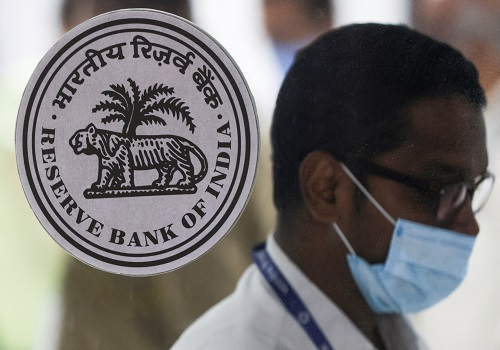Trickle of foreign inflows to Indian bonds may not speed up in next FY

Follow us Now on Telegram ! Get daily 10 - 12 important updates on Business, Finance and Investment. Join our Telegram Channel
Foreign inflows into Indian government bonds, which showed signs of a pick-up late last year, may not sustain as yields are unlikely to fall due to sticky inflation and large government borrowings, foreign investors said.
Foreign investors have bought government bonds worth 152.50 billion rupees ($1.85 billion) on a net basis since November.
"Inflation remains sticky both in India and globally. So we may not see a huge influx of foreign flows just yet," said Kenneth Akintewe, head of Asian Sovereign Debt at Abrdn Plc. "Foreign investors remain very under allocated."
Foreign holding of Indian government bonds continues to remain very low at 1.51 trillion rupees, which is just 1.65% of the outstanding, Clearing Corp of India data showed.
"The consistent inflow in government bonds seen over the last few months is expected to come under pressure," said Nitin Raheja, executive director and head of discretionary equities, Julius Baer India.
"In the very short term, the global financial turmoil will prompt a risk-off trade which could work against emerging market bonds."
Foreign flows in Indian government bonds in FY23 Foreign flows in Indian government bonds in FY23

Despite signs of turmoil in the U.S. and European banking sectors, central banks have continued to raise rates. The Reserve Bank of India (RBI) is also seen hiking rates next week from the current 6.5% level as headline retail inflation held over 6% above the central bank's target band.
"With headline and core inflation running in the 6% range, it is reflective of very low real rates," said Pradeep Kumar, portfolio manager – emerging market debt, PGIM Fixed Income said.
"Indian rupee and government bonds are rich and do not offer attractive risk premia relative to other countries."
India's 10-year bond yield is currently at 7.34%, a spread of less than 100 basis points above the policy repo rate, which is below the historical average spread.
There is limited room for the benchmark yield to fall further, with the federal government set to borrow 15.43 trillion rupees in the next fiscal r starting April 1, traders said
"Supply overhang is always a major headwind for government bonds... There is no room for lower yields given ever-increasing borrowing requirements," PGIM's Kumar said.
Domestic banks have traditionally been the primary buyers of government debt but with private sector credit growth rising, demand for government securities may decrease, said Nigel Foo, head of Asian Fixed Income, First Sentier Investors.
"Potentially, there would be a situation where demand might be lower than supply and RBI would need to step in to cover the shortfall."










Tag News

Monthly Debt Market Update, September 2023: CareEdge Ratings













